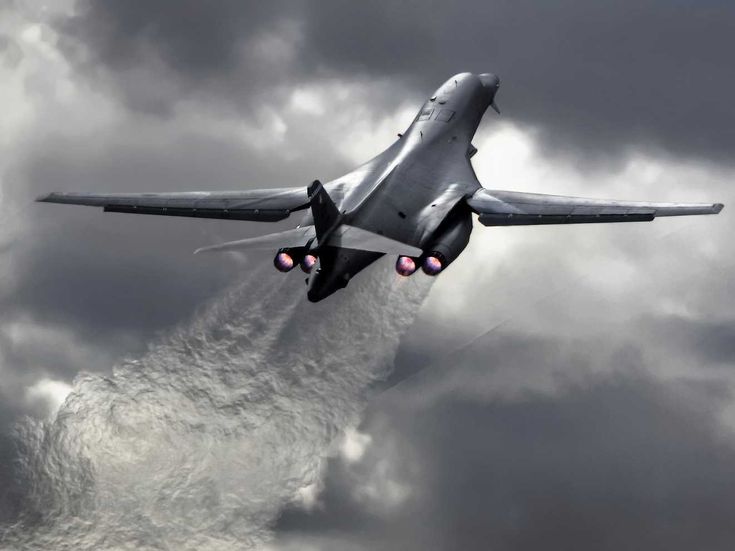In the realm of strategic aviation, the Rockwell B-1 Lancer stands as a paragon of technological excellence, embodying a harmonious blend of power and precision that has redefined the capabilities of modern bomber aircraft. From its inception to its current role in shaping global military strategies, the B-1 Lancer’s legacy is a testament to its exceptional design and unparalleled strategic versatility.
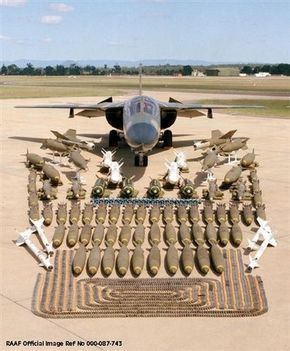
The B-1 Lancer, developed by Rockwell International (now part of Northrop Grumman), was conceived during the Cold War era to meet the demanding requirements of the United States Air Force. Introduced in the mid-1980s, the aircraft was designed to function as a long-range, supersonic, and variable-sweep wing strategic bomber. Its distinctive sleek profile and variable geometry wings allowed it to seamlessly transition between low-altitude penetration and high-altitude bombing missions.
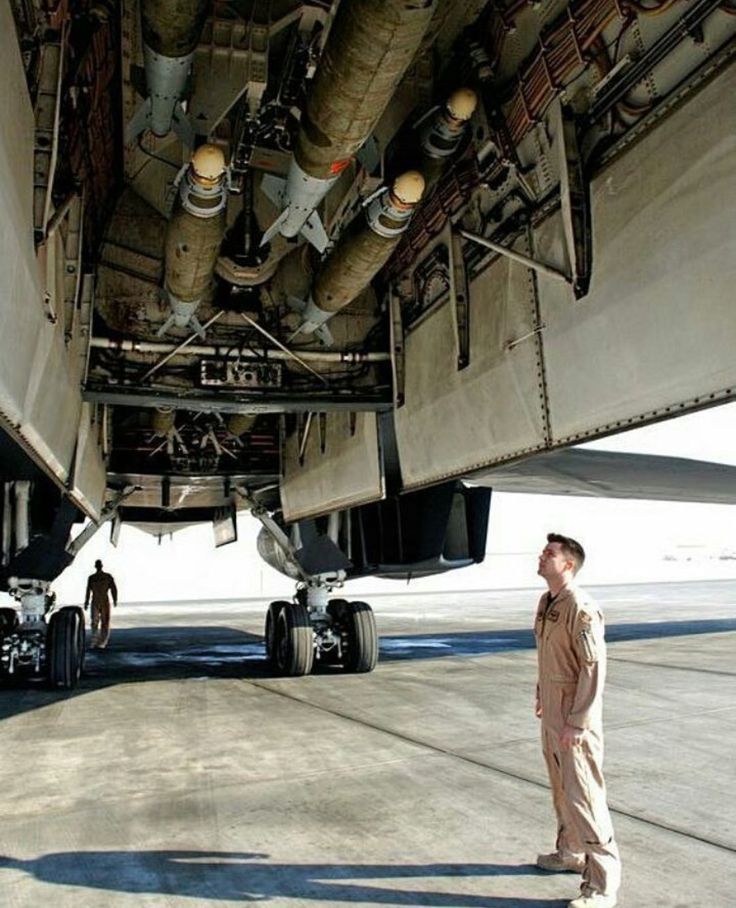
At the heart of the B-1 Lancer’s capabilities is its supersonic speed, enabling rapid response to emerging threats across vast distances. The aircraft’s ability to fly at both subsonic and supersonic speeds affords it a unique advantage in navigating complex and dynamic operational environments. This dual-speed capability enhances its survivability and adaptability in the ever-evolving landscape of modern warfare.
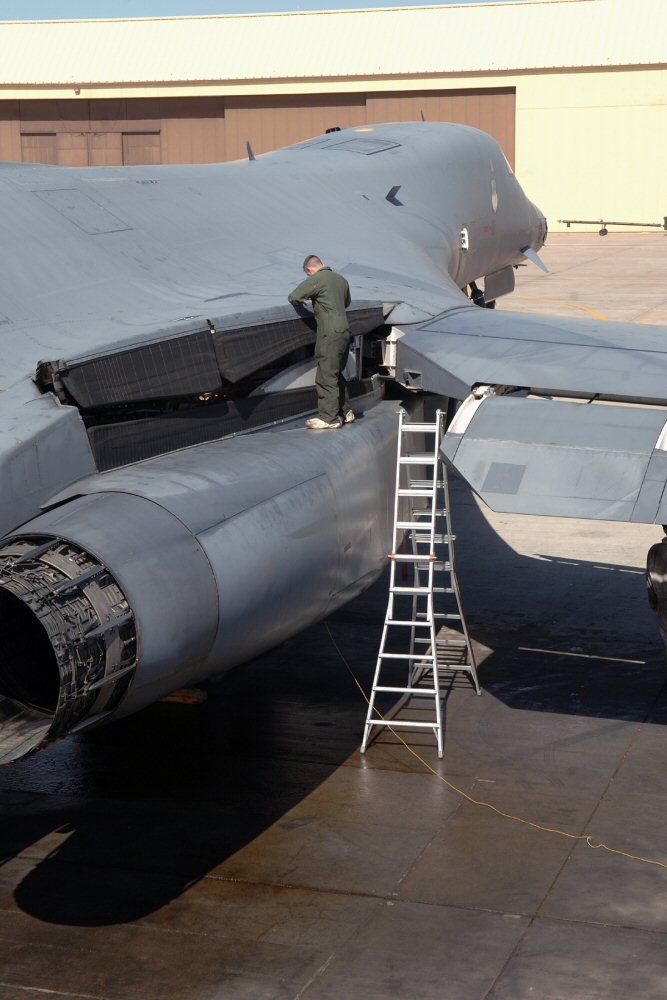
One of the defining features of the B-1 Lancer is its significant payload capacity. Armed with an array of conventional and nuclear munitions, the bomber is a formidable force capable of delivering precision strikes with unmatched accuracy. Its sophisticated avionics and targeting systems enable it to execute surgical strikes, minimizing collateral damage and maximizing the impact of its payloads.
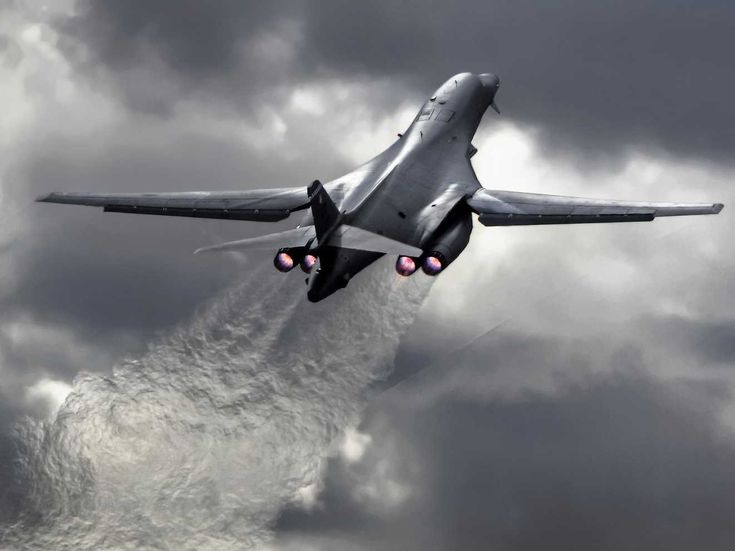
The B-1 Lancer’s strategic significance extends beyond its offensive capabilities. It has proven instrumental in non-traditional roles, such as strategic deterrence and global force projection. The adaptability of the aircraft allows it to execute a spectrum of missions, including close air support, interdiction, and maritime operations, making it a versatile asset in the United States military arsenal.
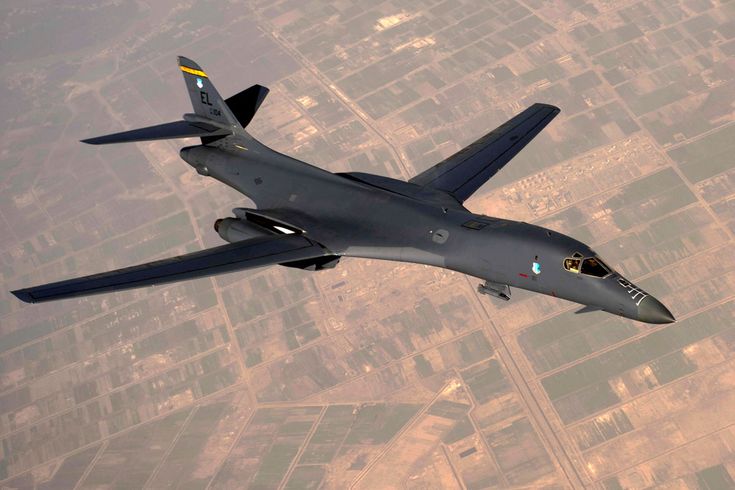
Over the years, the B-1 Lancer has undergone several upgrades to enhance its capabilities, ensuring it remains a cutting-edge platform in the 21st century. Its enduring presence in strategic operations underscores its continued relevance and importance in maintaining global security.
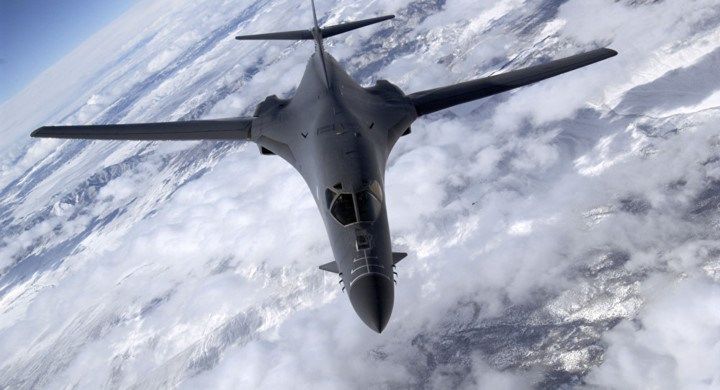
As the B-1 Lancer continues to evolve with advancements in technology, it remains a symbol of innovation and excellence in the field of strategic aviation. Its supersonic symphony of power and precision echoes through the corridors of military history, solidifying its place as an iconic aircraft that has left an indelible mark on the landscape of modern aerial warfare.

